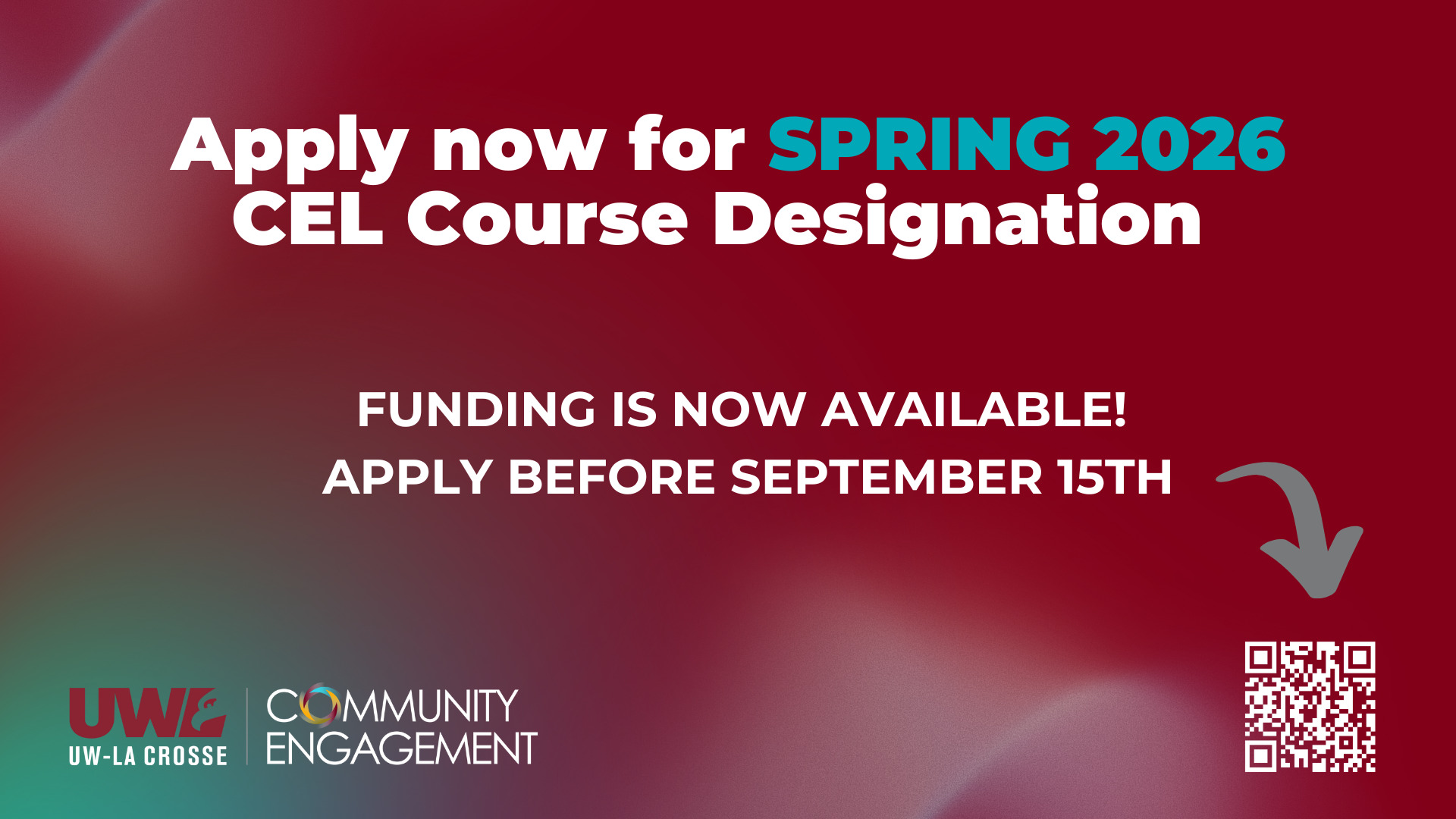Physician Assistant Studies
OLDTechnical standards
Technical Standards of Performance
The physician assistant must have the knowledge and skills to function in a broad variety of clinical situations and to render a wide spectrum of patient care. Candidates for the PA profession and this PA program must have somatic sensation and the functional use of the senses of vision, hearing, and equilibrium. Additionally, they must have sufficient exteroceptive sense (touch, pain, and temperature), sufficient proprioceptive sense (position, pressure, movement, stereognosis, and vibratory) and sufficient motor function to permit them to carry out the activities described in the sections that follow. A PA must be able to integrate all information received by whatever sense(s) is (are) employed, consistently, quickly, and accurately, and must have the intellectual ability to learn, integrate, analyze and synthesize such data.
A candidate for the PA profession and this PA Program must have technical abilities and essential skills which include observation, communication, motor, conceptual, integrative and quantitative, and behavioral and social. Upon admission to the program, the student is responsible for reviewing these technical standards and determining whether or not he/she would need assistance in meeting these standards. Any student who is uncertain if he/she meets these standards is encouraged to seek assistance from a disability support specialist to suggest possible accommodations. Technological compensations may be applied to accommodate for some disabilities in certain of these areas, but such a candidate must be able to perform in a reasonably independent manner. If a deficiency is noted by faculty members or preceptors during any phase of the program, the program may not allow the student to progress if it is felt that the deficiency would jeopardize patient care.
Observation:
a. The candidate/student must be able to observe demonstrations and experiments in the basic sciences, including but not limited to examination of gross organs and tissues in normal and pathologic states, microscopic studies of microorganisms and technology assisted instruction .
b. The candidate/student must be able to observe a patient accurately both at a distance and close proximity.
Communication:
a. The candidate/student should be able to speak, hear, and observe patients in order to elicit information, describe changes in mood, activity and posture, and perceive the use of nonverbal communication.
b. The candidate/student must be able to communicate effectively and sensitively with both patients and their family members.
c. Communication does not include only speech, but also reading and writing. The candidate/student must be able to communicate in a professional manner that is both effective and efficient through oral, written, and electronic forms with all members of the health care team.
Motor:
a. The candidate/student should have sufficient motor function to elicit information from patients by palpation, auscultation, percussion, and other diagnostic maneuvers.
b. The candidate/student should be able to execute motor movements reasonably required to provide general care and emergency treatment of patients. Examples of emergency treatment reasonably required of physician assistants are cardiopulmonary resuscitation, the administration of intravenous medication, the application of pressure to stop bleeding, the opening of obstructed airways, the suturing of simple wounds, and the performance of simple obstetrical maneuvers. Such actions require coordination of both gross and fine muscular movements, equilibrium and functional use of the senses of touch and vision.
Intellectual-Conceptual, Integrative and Quantitative Abilities:
a. The candidate/student must be able to demonstrate the following abilities: measurement, calculation, reasoning, analysis and synthesis. Problem solving, a critical skill demanded of physician assistants, requires each of these intellectual abilities.
b. The candidate/student should be able to comprehend three dimensional relationships and the spatial relationships of anatomical structures.
Behavioral and Social Attributes:
a. The candidate/student must possess the emotional health and stability required for full utilization of his/her intellectual abilities, the exercise of good judgment, the prompt completion of all responsibilities attendant to the diagnosis and care of patients, and the development of mature, sensitive and effective relationships with patients.
b. The candidate/student must be able to tolerate a physically taxing workload and to function effectively under stress. He/she must be able to adapt to changing environments and to learn to function where there are uncertainties inherent in the clinical problems of many patients.
c. The candidate/student must demonstrate compassion, integrity, a concern for others, interpersonal skills, interest and motivation, all of which are personal qualities that are assessed upon admission and during his/her education.



![UWL College of Business Administration faculty and Mayo Clinic Health System leaders merged academic insight with industry expertise to help shape a better healthcare experience for all. [Pictured left to right: Uzay Damali and Tanner Holst, '01]](/contentassets/d2492d337f8a4841b98d59100cb0f8ab/2025-uwl-cba-mayo-article-collaboration-92.jpg/Medium)





